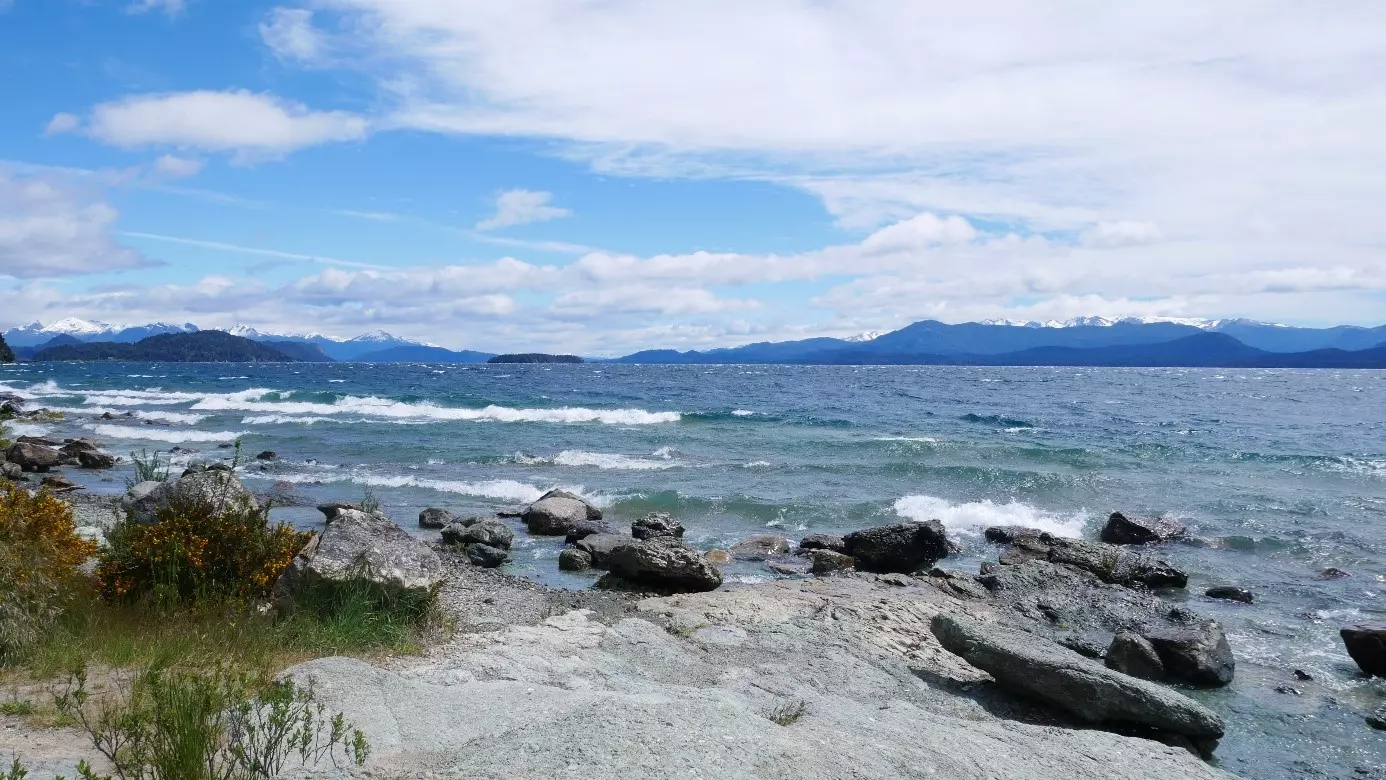We have collected a couple of examples of different weather situations based on how they affect microclimates and local climates and how these in turn affect the formation of slippery conditions.
Evening and night, calm and clear
At an air temperature just above freezing, the weather situation is very treacherous due to the sudden formation of slippery road conditions. Because the surface of the road cools quickly due to radiation, the relatively warm air above the road can cause ice to form suddenly, as water vapour sublimates on the road or condenses, followed by subsequent freezing. How intense the slippery conditions are depends on the temperature and humidity. This type of slipperiness in particular can cause a great many accidents, because ice forms so suddenly that it is difficult for motorists to understand the rapid change that is taking place.
One example of a typographical environment that can have an effect is when cold air on slopes starts to flow down towards the low-lying parts of the terrain. In valleys, where the humidity is also often high due to evaporation from rivers and marshes, cold air makes slippery conditions more frequent.
Within the same area, which is exposed to the initial slippery conditions, there is also a high degree of ground fog. For ground fog to form, relatively high humidity and a low temperature are required in the lower air layers. During the night, the fog often becomes thicker. This can cause increased ice formation on the road, while also inhibiting heat radiation from the ground, as the temperature decrease becomes slower.
Morning, calm and clear
If the morning is calm and clear, slippery conditions can arise suddenly. The basic prerequisites are the same as those described above. Often the road surface cools significantly during the night without frost forming because the moisture content of the cold air near the ground is too low. Once the sun starts to heat the near-ground air layer in the morning, this will agitate the air layer and then relatively moist air will come into contact with the cold surface of the road. This results in the rapid formation of ice.
Another reason why slippery conditions can suddenly occur in the morning is that the increased traffic agitates the near-ground air layers, which then results in sudden slippery conditions.
This situation is tricky from several perspectives. Ice forms rapidly, making the road surface very slippery. Furthermore, road users are not prepared for the rapid change in the road status, especially as this occurs at a time when the risk of slippery conditions is often considered to be small. The slippery conditions are also difficult for the road operator to assess. Gradually the radiation intensity increases as the morning goes on, causing the ice to melt and evaporate relatively quickly. Later on the slippery areas, as with other ice that forms during the right, remain in the shade, as with rock excavations and wooded areas.
Fine weather after a cloudy period

There is also a marked risk of slippery conditions when the weather improves after a cloudy period with temperatures around 0°C. As the cloud clears, for example in the evening, the temperature drops rapidly, and as the air is often relatively moist, there can then be intense formation of frost. If the cloudy weather has been followed by rain, the water already on the road freezes quickly.
Cloudy, windy weather
During cloudy, windy weather, slippery conditions can suddenly arise. If there is water on the road, it generally only freezes on higher slopes when the general air temperature drops to 0°C. As the clouds attenuate radiation from the ground surface and as the wind agitates the air layers near the ground, it is rare for frost to form. However, in connection with fog, ice may form on the road.
Precipitation in the form of snow and rain![]()
During snowfall, various slippery conditions can arise. Some are easier to predict than others, depending on the temperature of the air, humidity, etc. During precipitation in the form of rain, slippery conditions can arise during various weather conditions. A tricky form of slipperiness occurs when freezing rain meets the road surface. This leads to the formation of rime ice when the road surface has a temperature both above and below 0°C. At a surface temperature just above 0°C, glaze ice forms, which has a very low friction, while temperatures below 0°C cause the formation of rime ice, which has a higher friction compared to glaze ice. Black ice in conjunction with freezing rain is difficult to predict. Rime ice can also form when rain with a temperature above 0°C hits the road surface, but then the surface temperature must also be lower than 0°C.
.webp?width=800&height=474&name=article%20img2%20(1).webp)


